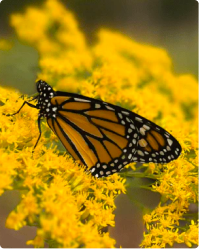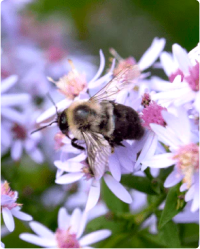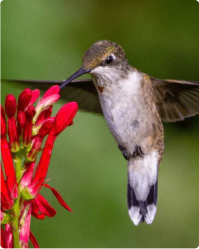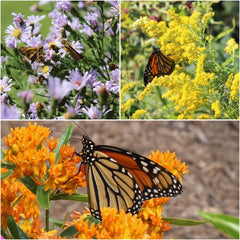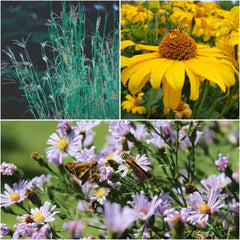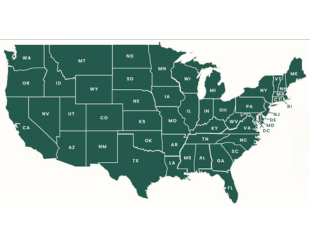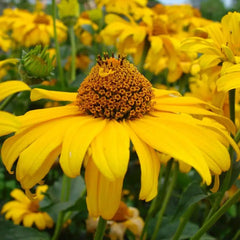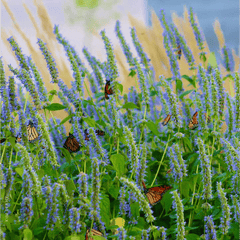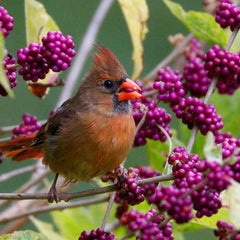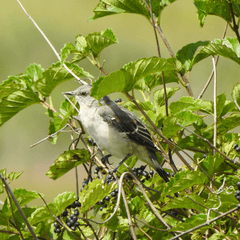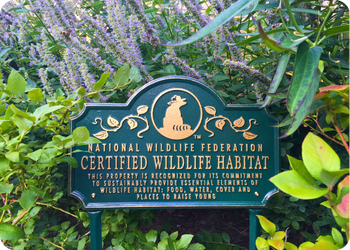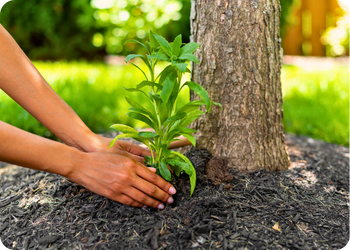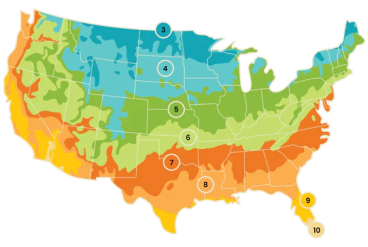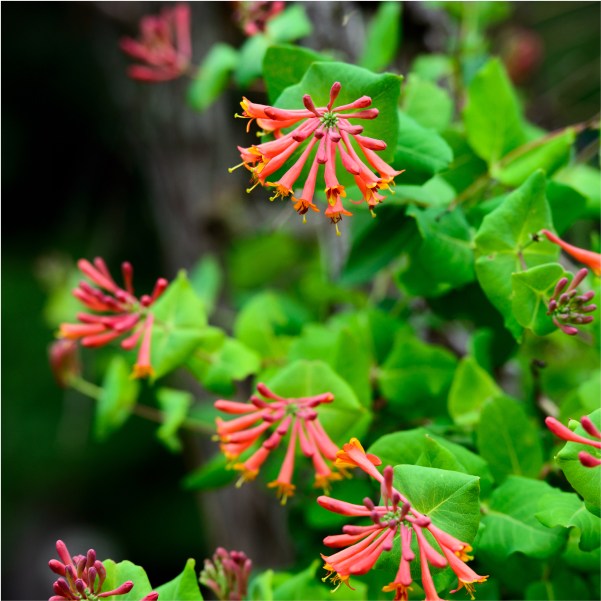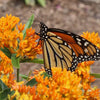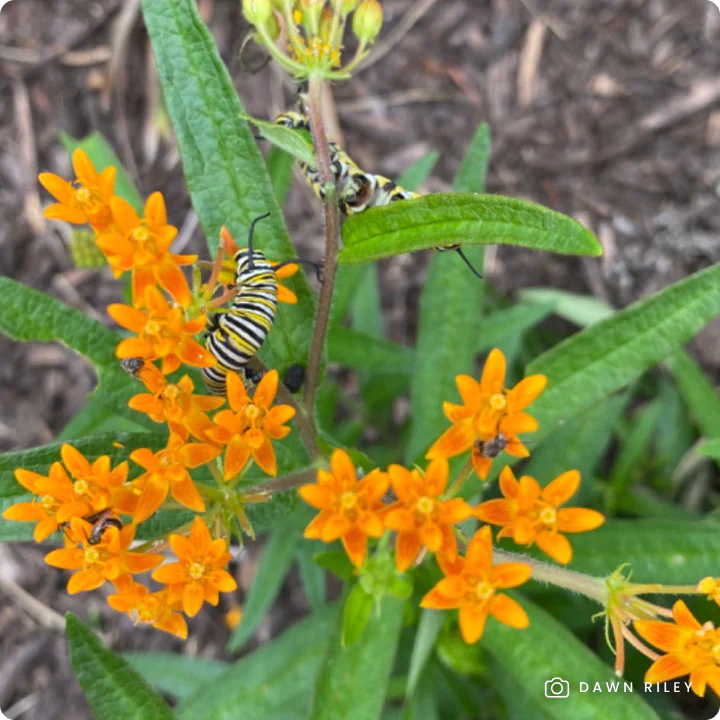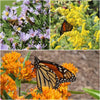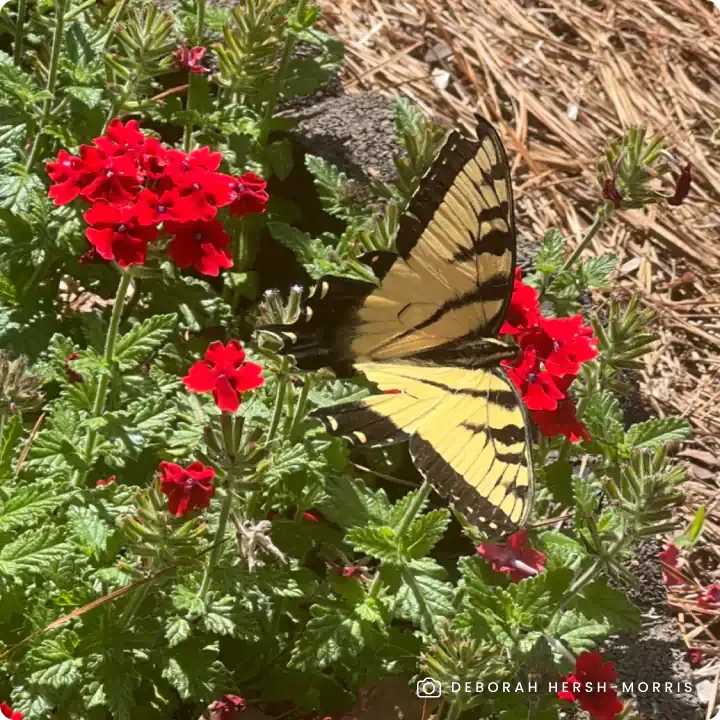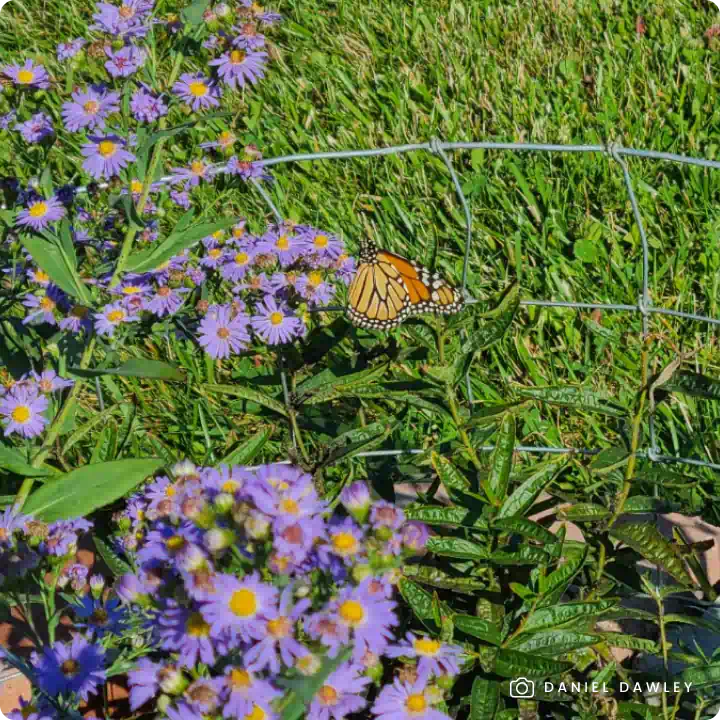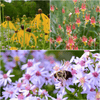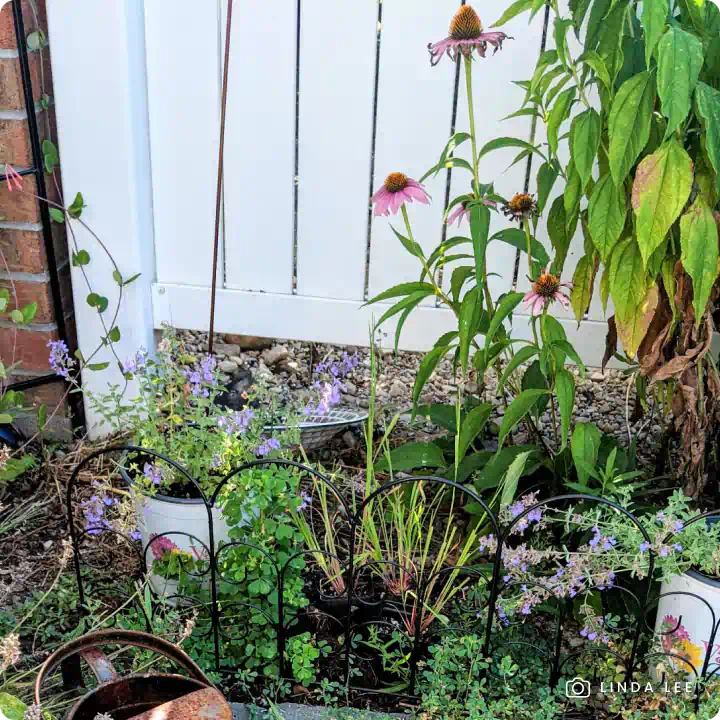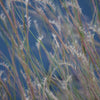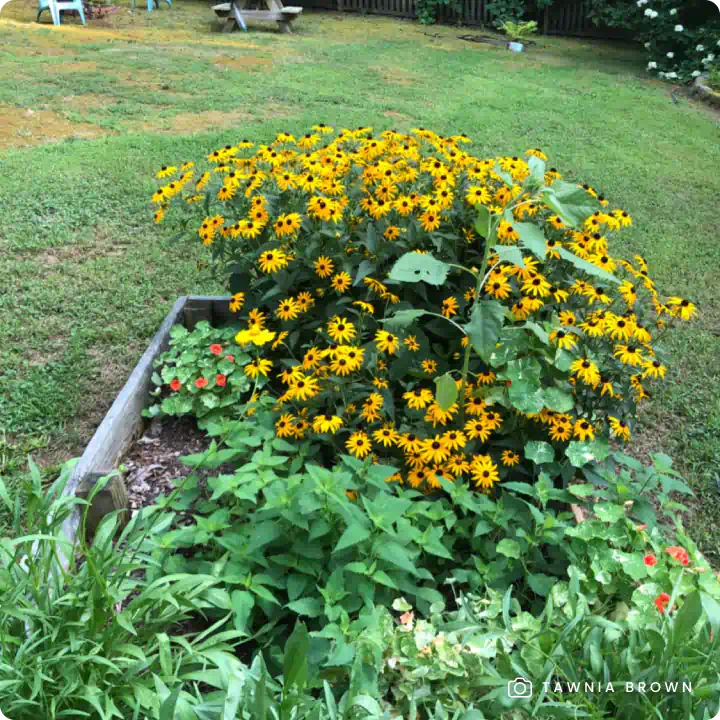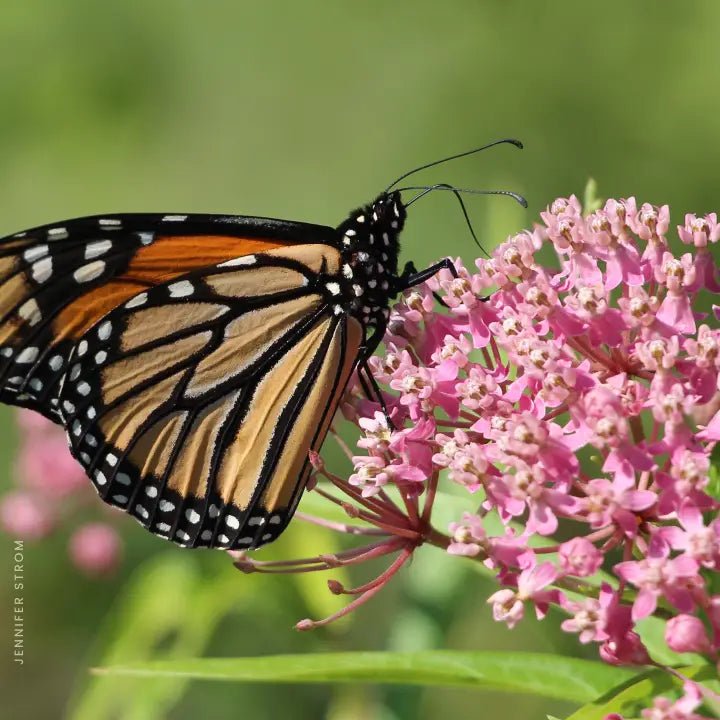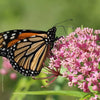Coral Honeysuckle (Lonicera sempervirens) is a stunning native climbing vine that transforms trellises, fences, or arbors into vibrant focal points with its brightly colored tubular flowers. Blooming from spring through summer, this perennial is a hummingbird favorite, providing an essential nectar source and welcoming habitat. After the flowers bloom, coral honeysuckle produces small, bright red berries from late summer through early fall, providing an excellent food source for birds.
Key Features:
- Brightly Colored Blooms: Striking tubular flowers in shades of coral and red provide a visual and ecological feast for hummingbirds.
- Pollinator Friendly: Attracts and nourishes hummingbirds, butterflies, moths, and bees, supporting a variety of pollinators.
- Versatile Growth: Thrives in partly shady to fully shaded areas, making it ideal for spaces with limited sun.
- Perennial Beauty: Returns each year with minimal care, offering reliable blooms and lush growth.
- Low Maintenance: Requires less water once established and thrives without chemical treatments.
- Deer Resistant: Stands up to deer browsing, ensuring its beauty remains intact.
- Eco-Friendly: Grown non-GMO and free of harmful neonicotinoids, promoting a healthy ecosystem for pollinators and wildlife.
Available in sets of three, six, or 12 plants to suit gardens of any size.
Why Choose Coral Honeysuckle?
Coral honeysuckle is more than just a climbing vine—it’s a dynamic addition to wildlife-friendly gardens. Its showy blooms are a magnet for pollinators, especially hummingbirds, while its adaptable growth makes it a versatile option for shaded spaces. Whether adorning a trellis or creating a lush garden wall, this native plant delivers beauty and biodiversity.
Planting Tips:
- Location: Plant in part shade to full shade with well-drained soil. Ideal for gardens with three or fewer hours of sunlight daily.
- Watering: Water regularly during the first growing season to establish deep roots. Once established, it tolerates occasional dry spells.
- Maintenance: Train the vine to climb trellises, fences, or arbors for optimal coverage. Prune lightly after flowering to maintain shape and encourage new growth.
For more information on planting, view our How to Plant Your Native Plants guide and other planting tips in the Garden for Wildlife Learning Center.
Bring life, color, and ecological value to your garden with coral honeysuckle. Its vibrant blooms and pollinator appeal make it a must-have for wildlife-friendly landscapes.
